blog
Why Choose a DBaaS Over an On-premises Deployment?

If you have ever used an on-premises deployment, you are probably wondering if it is even worth it to move away. For example, one of the questions that you might have pondered could include the question should you consider using database-as-a-service offerings instead. This is what we are going to go through in this blog post.
In an on-premises deployment, resources are deployed within an enterprise’s IT infrastructure. In a nutshell, a company using an on-premises deployment keeps all of its infrastructure on-site which is either managed by themselves or third-party vendors. When using a DBaaS on the other hand, you do not need to worry about hiring DBAs or managing things on your own – a good database-as-a-service solution will perform every database-related task for you.
Advantages of a Good DBaaS Solution
Now you are probably almost convinced that you should use a DBaaS over an on-premise deployment solution. The main question here is why? What are the advantages of doing so? This is what we will ponder now.
The key advantages of a good database-as-a-service solution include, but are not limited to:
- Helping you deploy fully managed, load balanced, highly available database clusters for MySQL, MariaDB or PostgreSQL.
- Delivering performance, uptime and simplicity – A good DBaaS will help you monitor your database performance, uptime and other things; monitoring these things should be very simple too.
- Deploying database-aware load balancers such as ProxySQL – ProxySQL could be deployed by default with your MariaDB and MySQL clusters. It provides a single endpoint to the database cluster, enables connection pooling and failover, query routing and a couple of advanced features like query rules and a database firewall.
- Providing automated backups – A good DBaaS solution should also be able to provide automated backups. Some DBaaS solutions take full backups daily and incremental backups every 5 minutes: you can make sure your data is always available regardless of any disaster.
What DBaaS Solution Should You Use?
We are now going to look into your options when it comes to choosing a DBaaS. If you have taken a look at the key advantages we have outlined above and want your chosen DBaaS solution to match all of them, there is a solution – look no further than CCX.
CCX can help you deal with all kinds of database tasks including those outlined above. It can provide you with point and click deployment of highly available databases for MySQL, MariaDB and PostgreSQL, alleviating the burden of managing highly performant and highly available databases in the cloud.
To use CCX, first specify your data store:
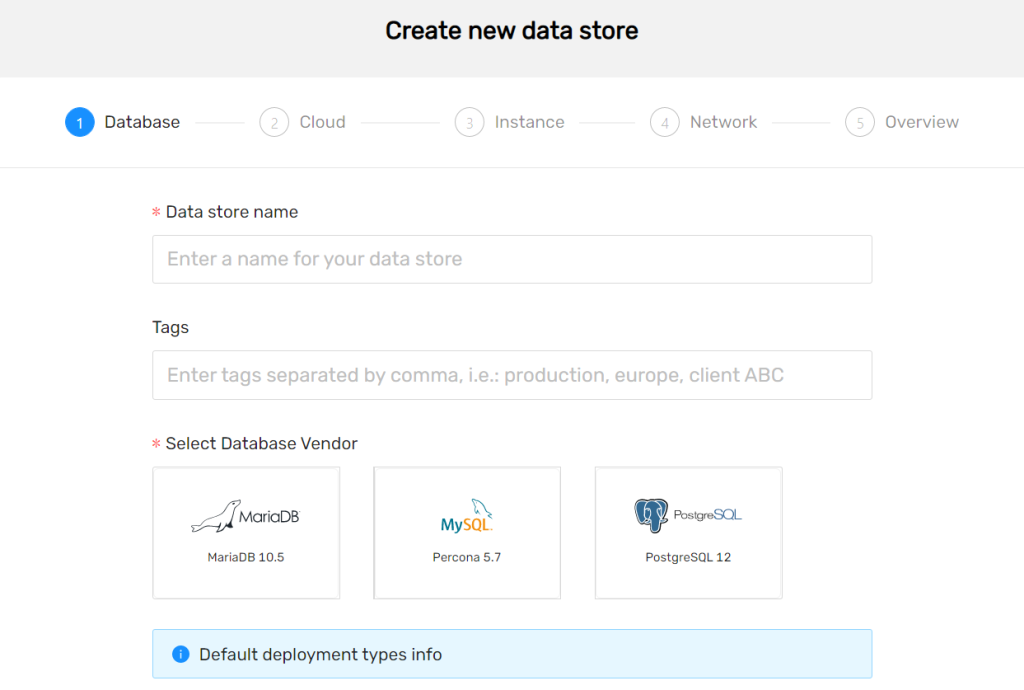
Then select the number of nodes:
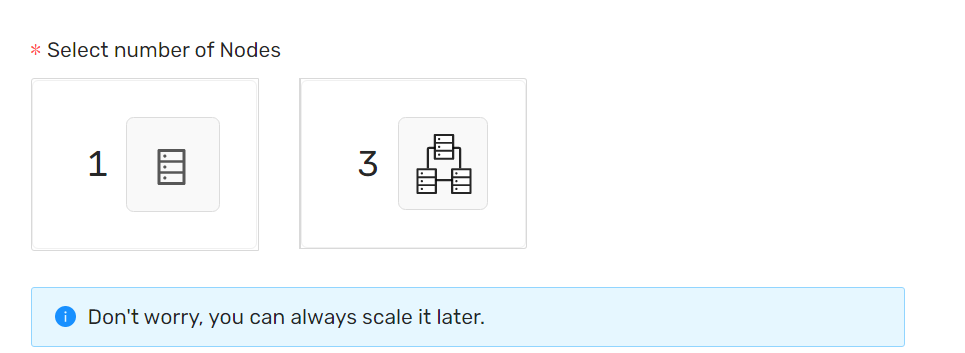
After that, select your cloud provider and region:
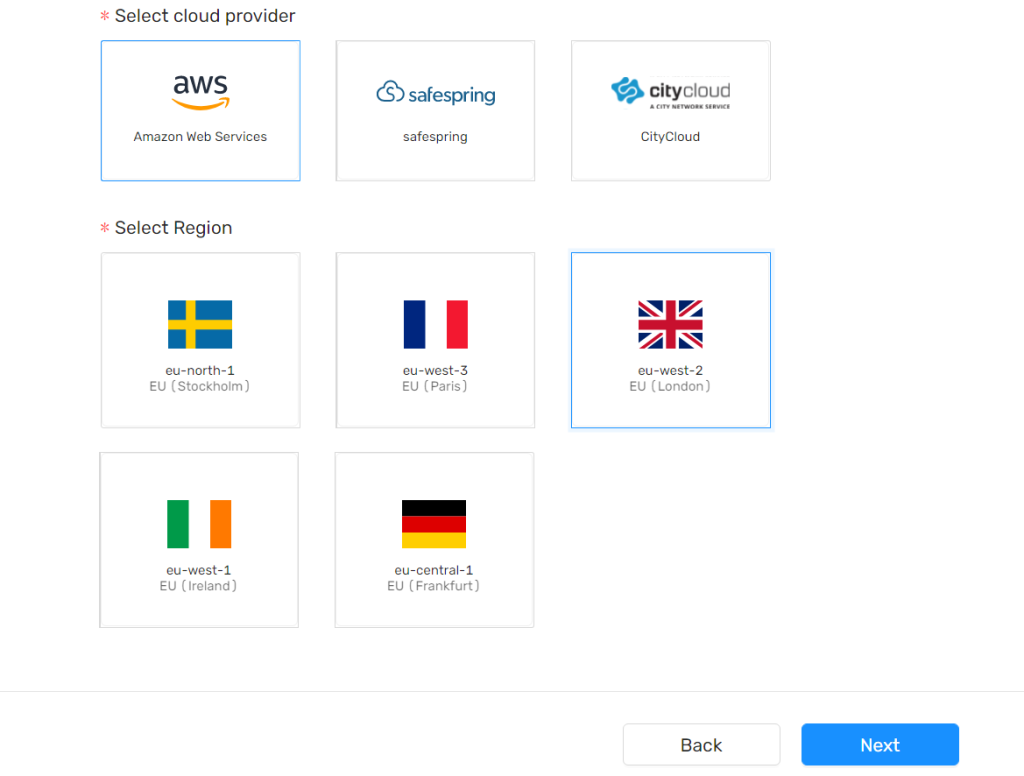
CCX also allows you to select the size of your instance – sizes can either be tiny, small, medium, large or very large as you can see in the image below:
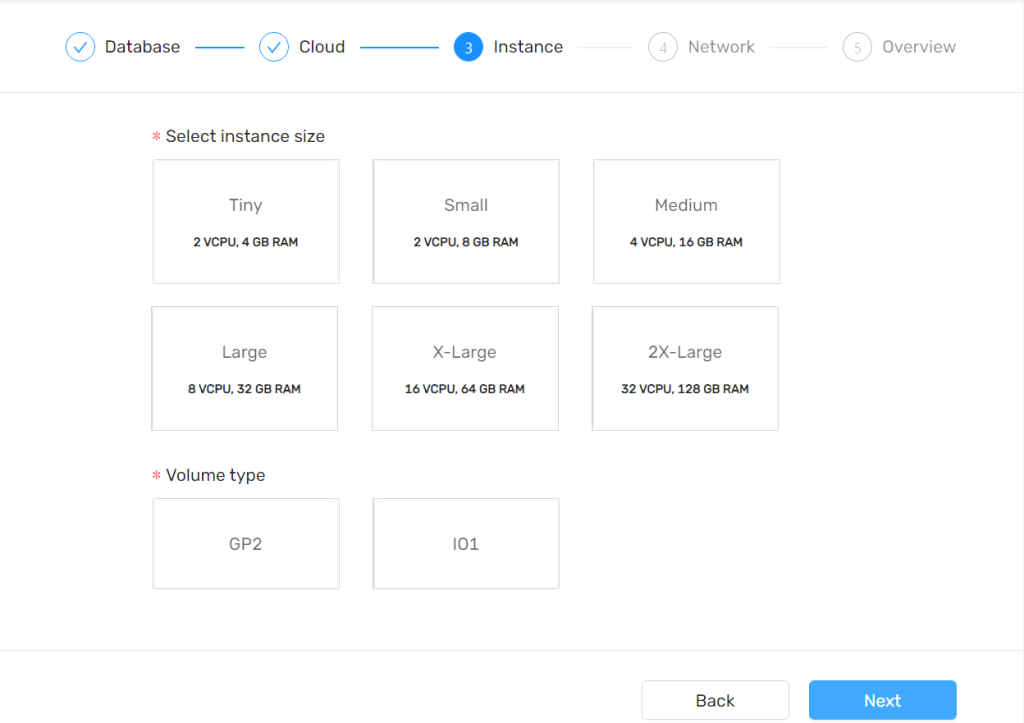
Configure your network settings and finally, review your deployment:
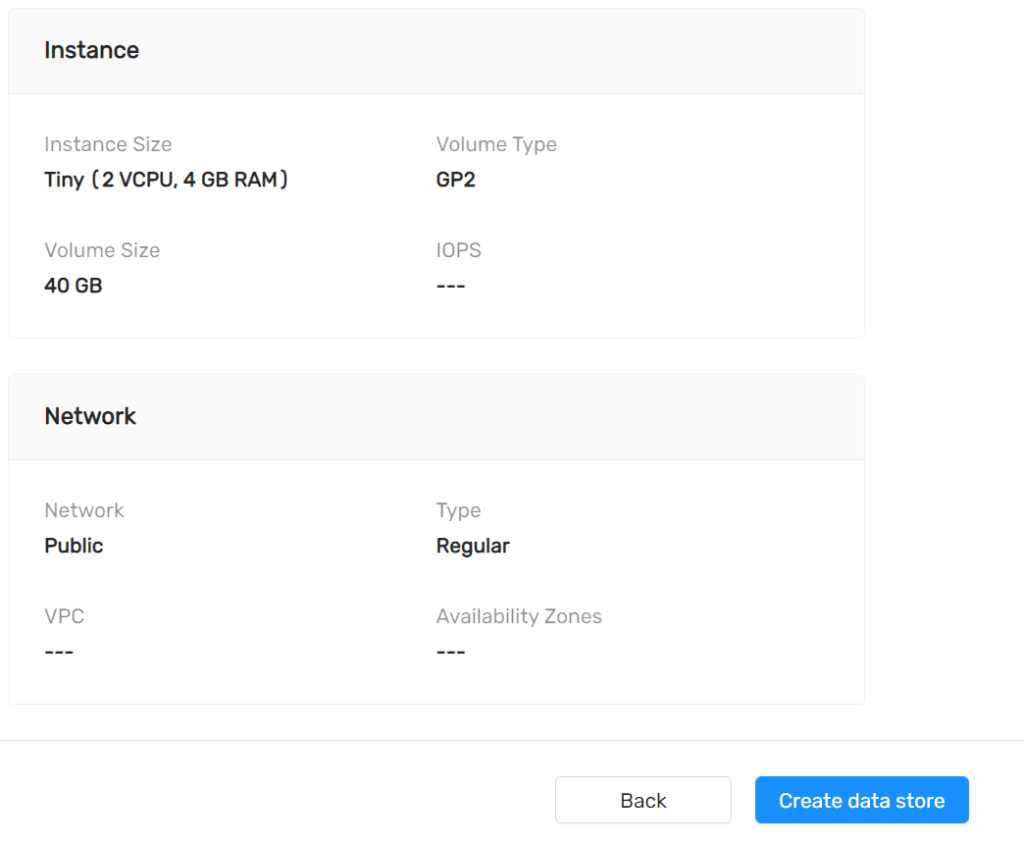
After that, your new deployment should be ready in a matter of minutes:

Summary
Choosing a DBaaS over an on-premises deployment can prove to be very useful if you want help deploying fully managed, load balanced and highly available database clusters for MySQL, MariaDB or PostgreSQL. If you want your DBaaS to accomplish all of those things, look no further than CCX. To try out what CCX can offer for you or your business, take a look at its features or if you need any help, do not hesitate to contact the CCX team for support.




